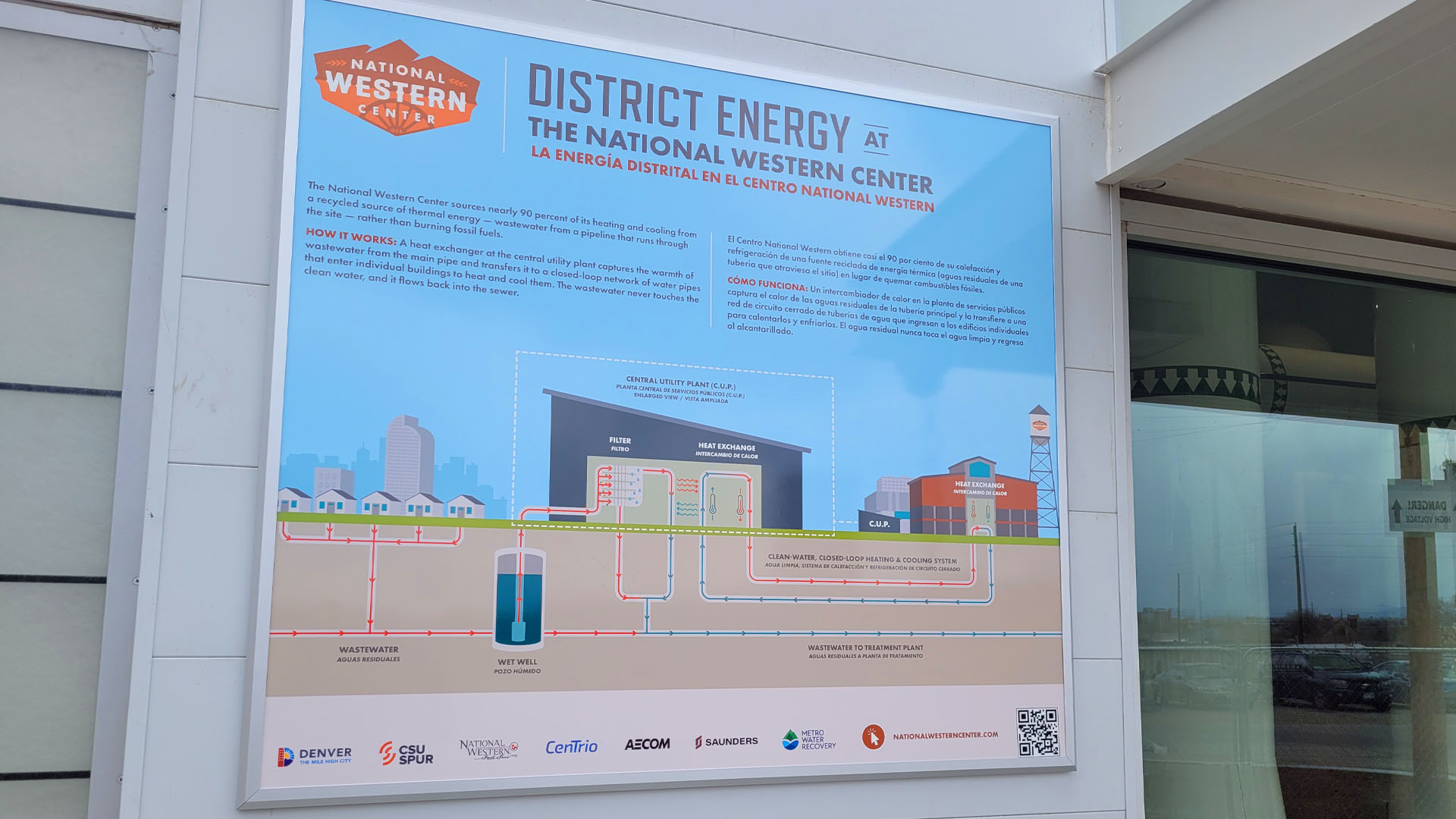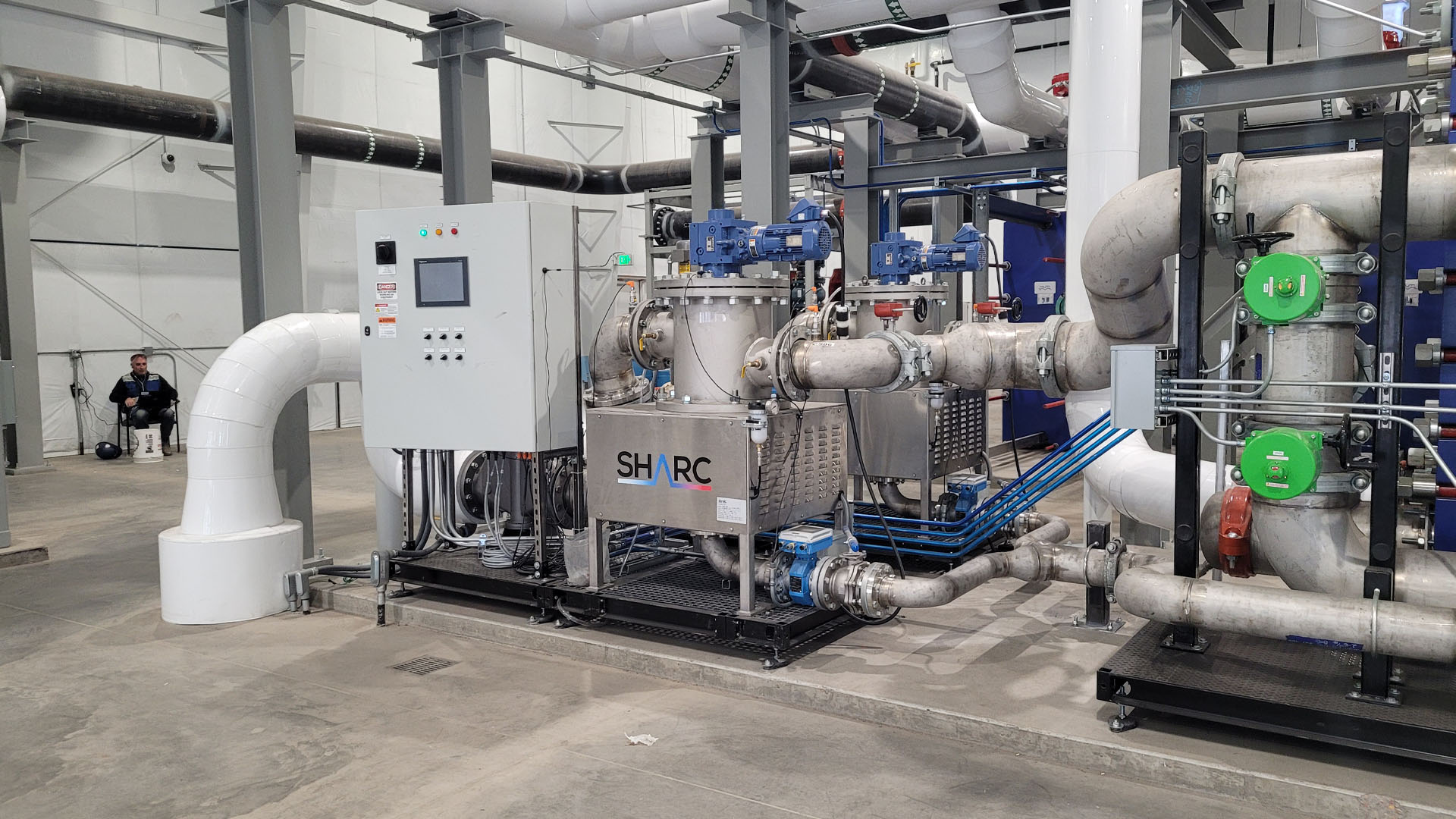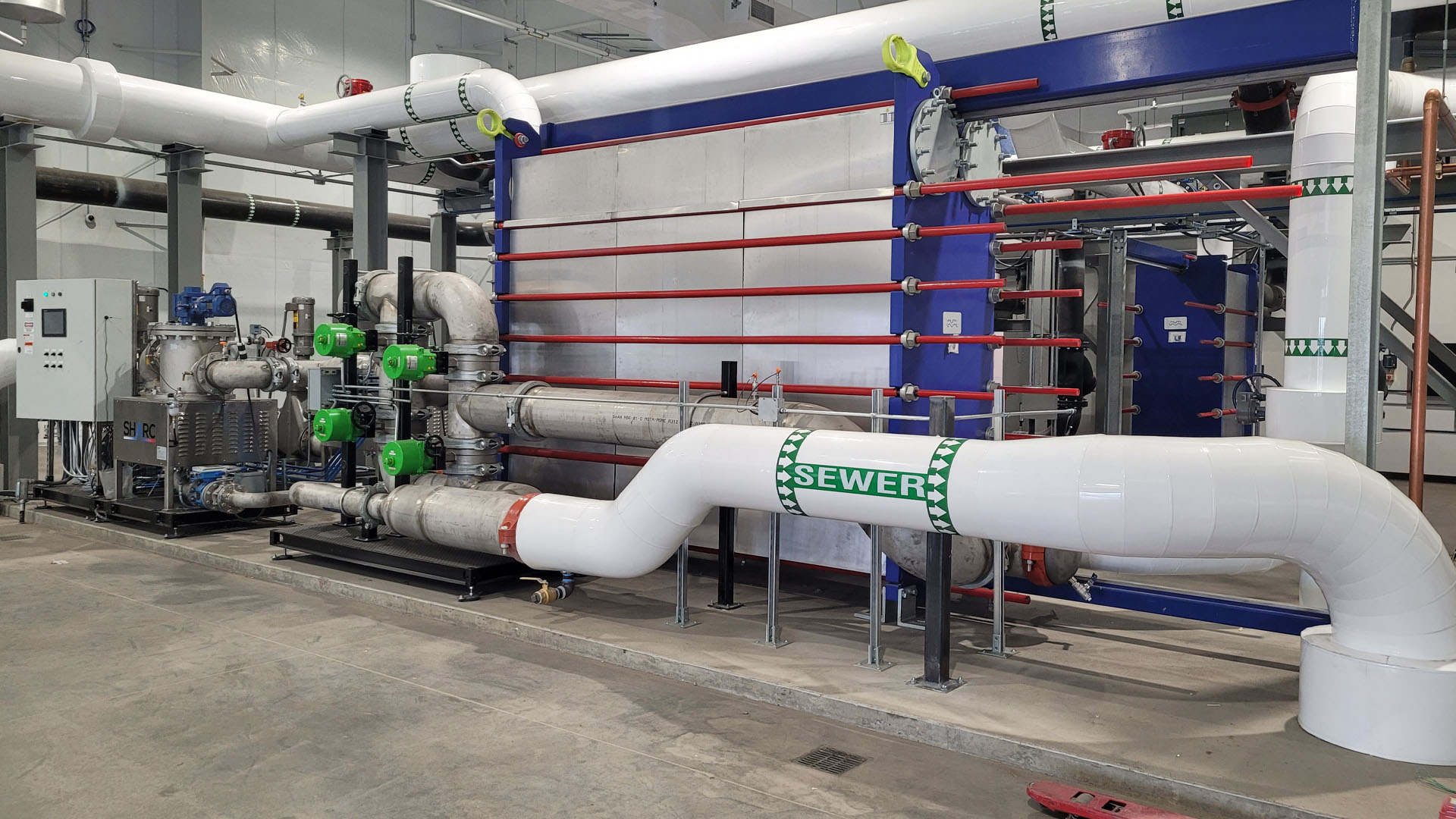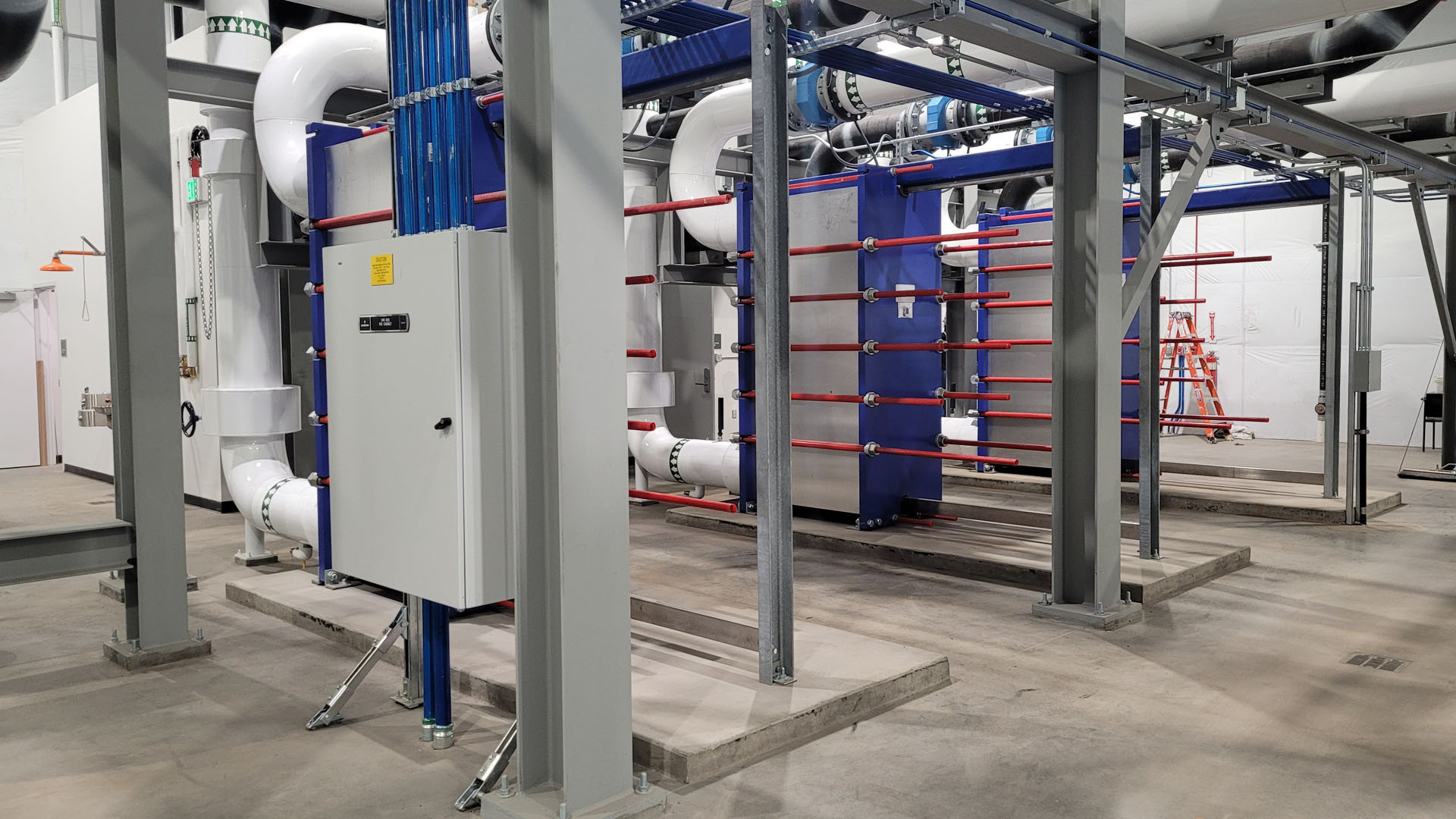
National Western Center
Project Highlights
Thermally heats and cools more than 1 million square feet of buildings on campus
Conserves water equivalent to five Olympic swimming pools every year
Largest installed sewer heat recovery system in North America
The campus will avoid 2,600 metric tons of carbon dioxide emissions annually





